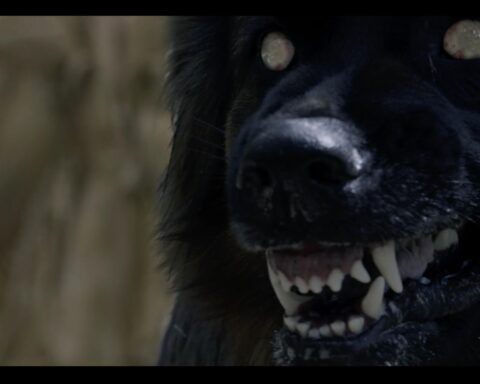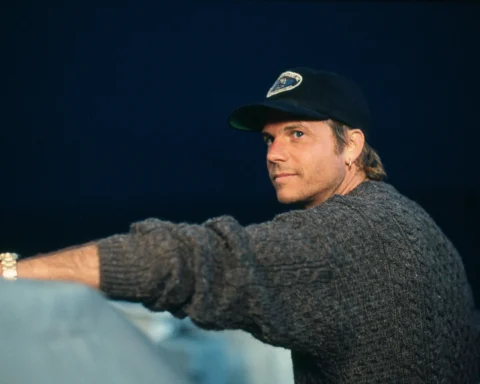Dutch Marich’s Horror in the High Desert 3: Firewatch is a breathtakingly tense continuation of a found-footage horror trilogy that has consistently pushed the boundaries of the genre. While many horror films lean on overt scares and gore, Marich has distinguished his series with a slow-burn approach that prioritizes atmosphere, psychological tension, and the terror of the unknown. With Firewatch, he deepens the mythology introduced in the first two films and adds new layers of dread that will haunt viewers long after the credits roll.

Setting the Stage: A Journey into Darkness
The Horror in the High Desert series is set against the stark, unforgiving backdrop of the Nevada desert—a location as much a character as the people who traverse its barren landscape. From the very beginning, Marich has utilized this setting to craft a sense of isolation and unease. The vast, empty spaces are juxtaposed with the tight confines of the characters’ experiences, creating a claustrophobic sense of being trapped in the open.
The first installment introduced us to the mysterious disappearance of Gary Hinge, a reclusive survivalist and outdoor enthusiast who vanished without a trace in the high desert. Through found footage, interviews, and simulated news reports, the film gradually revealed the unnerving details of his last known movements, culminating in a horrifying discovery that left viewers questioning what really lurks in the wilderness.
The sequel, Horror in the High Desert 2: Minerva, expanded on the first film’s events by delving into the story of Minerva, a woman connected to Gary Hinge’s disappearance. The film explored themes of obsession, fear, and the inexorable pull of the unknown, as Minerva’s investigation led her deeper into the heart of darkness. The second film also hinted at the presence of “desert people,” mysterious figures who seem to exist on the fringes of reality, watching and waiting from the shadows.

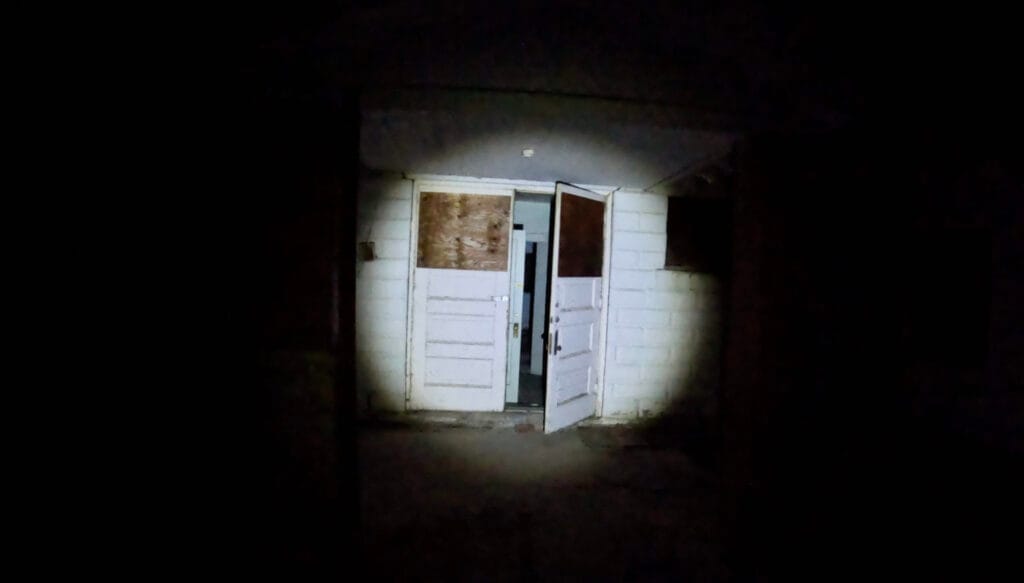
Firewatch: An Evolution in Terror
Horror in the High Desert 3: Firewatch builds on these foundations by introducing Oscar (Marco Parra), a new character who becomes obsessed with Gary Hinge’s story. Oscar’s journey into the desert mirrors that of his predecessors but also diverges in key ways, offering fresh perspectives on the central mystery. What’s particularly striking about Firewatch is how Marich uses Oscar’s character to explore the psychological toll of isolation and obsession.
As Oscar ventures further into the desert, the film captures his gradual descent into paranoia and fear. Marich skillfully employs the found-footage format to immerse the audience in Oscar’s perspective, creating an experience that feels immediate and visceral. The use of first-person footage, often shot with shaky, handheld cameras, adds to the sense of disorientation and vulnerability. The film’s pacing is deliberate, with tension building slowly as Oscar’s situation grows more dire.

Mastery of Atmosphere and Dread
What sets Firewatch apart from many other horror films is Marich’s command of atmosphere and his ability to evoke dread with subtlety. The film is not about cheap jump scares or gratuitous violence; instead, it thrives on the fear of what is unseen and unknown. Much of the terror in Firewatch comes from the anticipation of danger rather than the danger itself. The darkness that surrounds Oscar as he ventures deeper into the desert becomes a character in its own right—an ever-present, malevolent force that threatens to consume him.
Marich understands that less is often more when it comes to horror. By withholding key details and allowing the audience’s imagination to fill in the blanks, he creates a sense of unease that lingers long after the film ends. This approach is exemplified in the way Firewatch handles its reveals; rather than showing the audience everything, Marich chooses to hint at the horrors lurking in the shadows, making them all the more terrifying.
The third act of Firewatch is particularly effective in this regard. Just when you think you know what’s coming, Marich pulls back, refusing to give the audience the catharsis of a jump scare. Instead, he leaves them suspended in a state of heightened anxiety, unsure of what will happen next. This restraint is one of the film’s greatest strengths, as it allows the dread to build to almost unbearable levels.

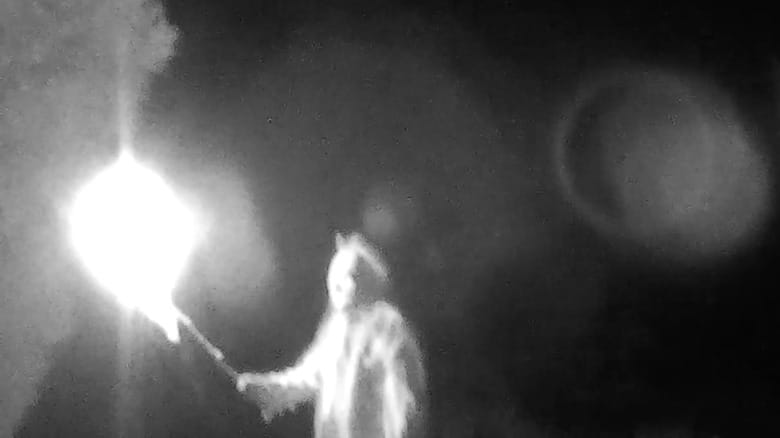
Themes of Isolation, Obsession, and the Unknown
Throughout the Horror in the High Desert series, Marich has explored themes of isolation, obsession, and the fear of the unknown. These themes are central to Firewatch as well, with Oscar’s journey serving as a meditation on the psychological effects of prolonged solitude and the dangers of becoming too consumed by one’s own obsessions.
Oscar’s fascination with Gary Hinge’s disappearance is more than just a plot device—it’s a reflection of the human desire to seek answers and impose order on a chaotic world. However, as Firewatch shows, this quest for understanding can also lead to madness. The desert, with its vast emptiness and hidden dangers, becomes a symbol of the unknown—a place where the familiar rules of reality no longer apply.
In many ways, Firewatch can be seen as a cautionary tale about the dangers of venturing too far into the unknown, both physically and mentally. As Oscar becomes more isolated, both from the world and from his own sense of self, the film explores the ways in which the mind can turn against itself when faced with the overwhelming fear of the unknown.
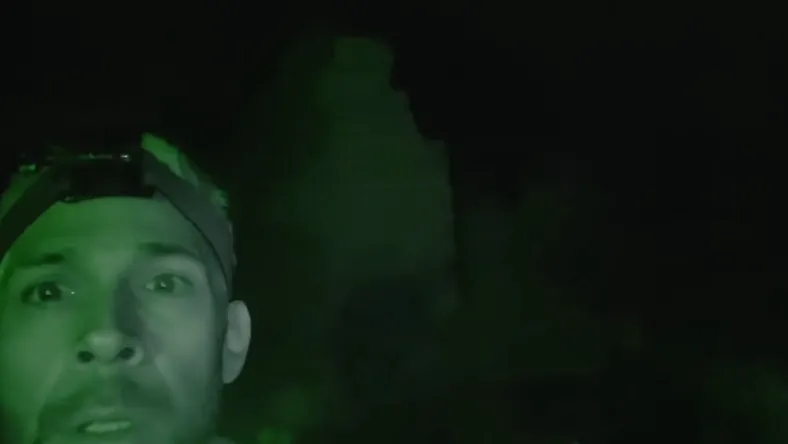
A Worthy Addition to the Series
Horror in the High Desert 3: Firewatch is a masterful continuation of Dutch Marich’s found-footage horror series, building on the themes and atmosphere of its predecessors while introducing new elements that keep the story fresh and engaging. Marich’s talent for creating tension and dread is on full display here, making Firewatch a must-see for fans of the genre.
What makes Firewatch and the entire Horror in the High Desert series so effective is their ability to tap into primal fears—the fear of the dark, the fear of isolation, and the fear of the unknown. By focusing on these universal anxieties and presenting them in a grounded, realistic way, Marich has crafted a series that resonates on a deep, psychological level.
As the trilogy progresses, it becomes clear that Marich is not just interested in scaring his audience—he’s also interested in exploring the darker aspects of the human psyche. Firewatch is a testament to his skill as a filmmaker and storyteller, and it cements his place as one of the most exciting voices in contemporary horror.

